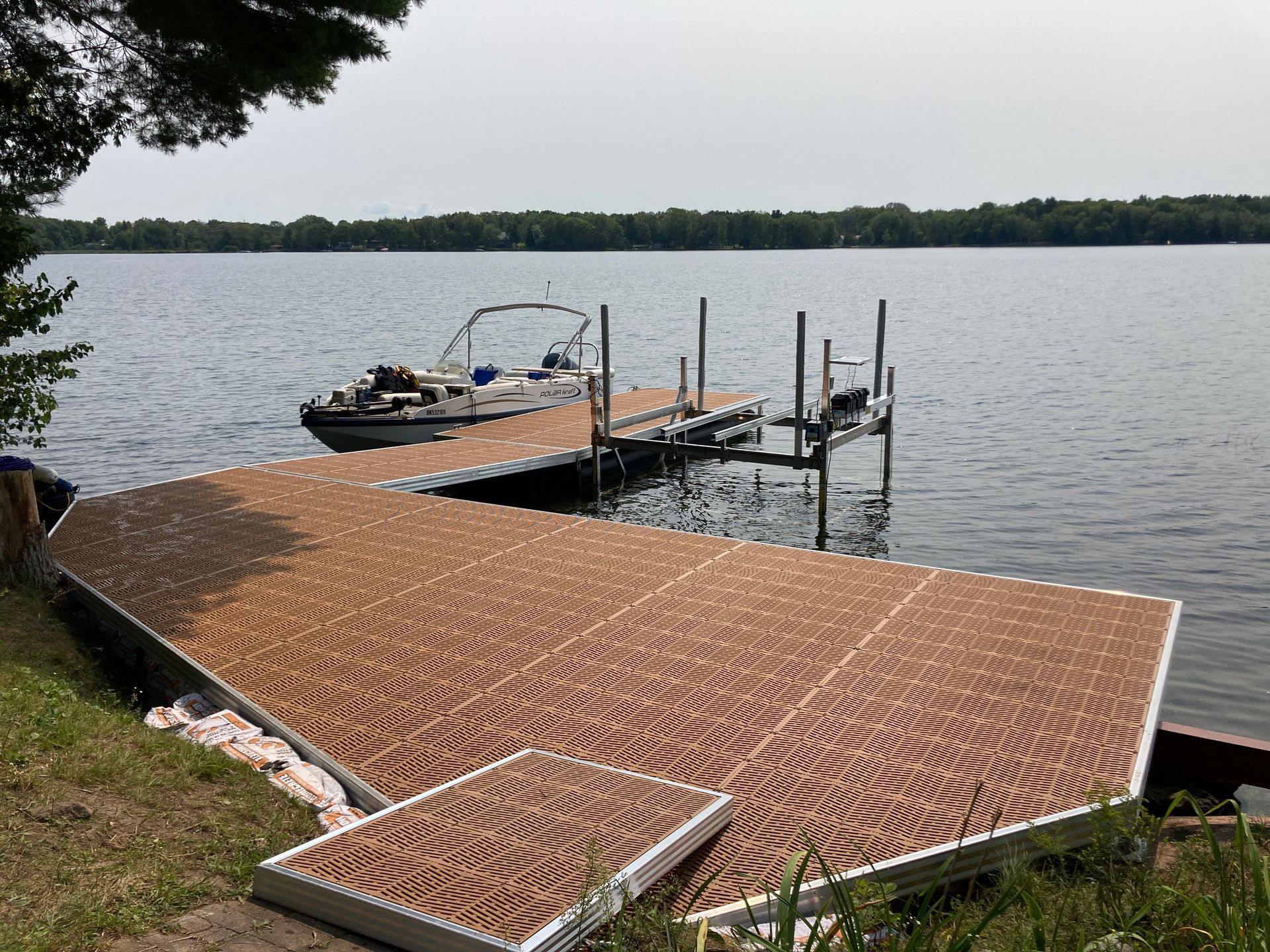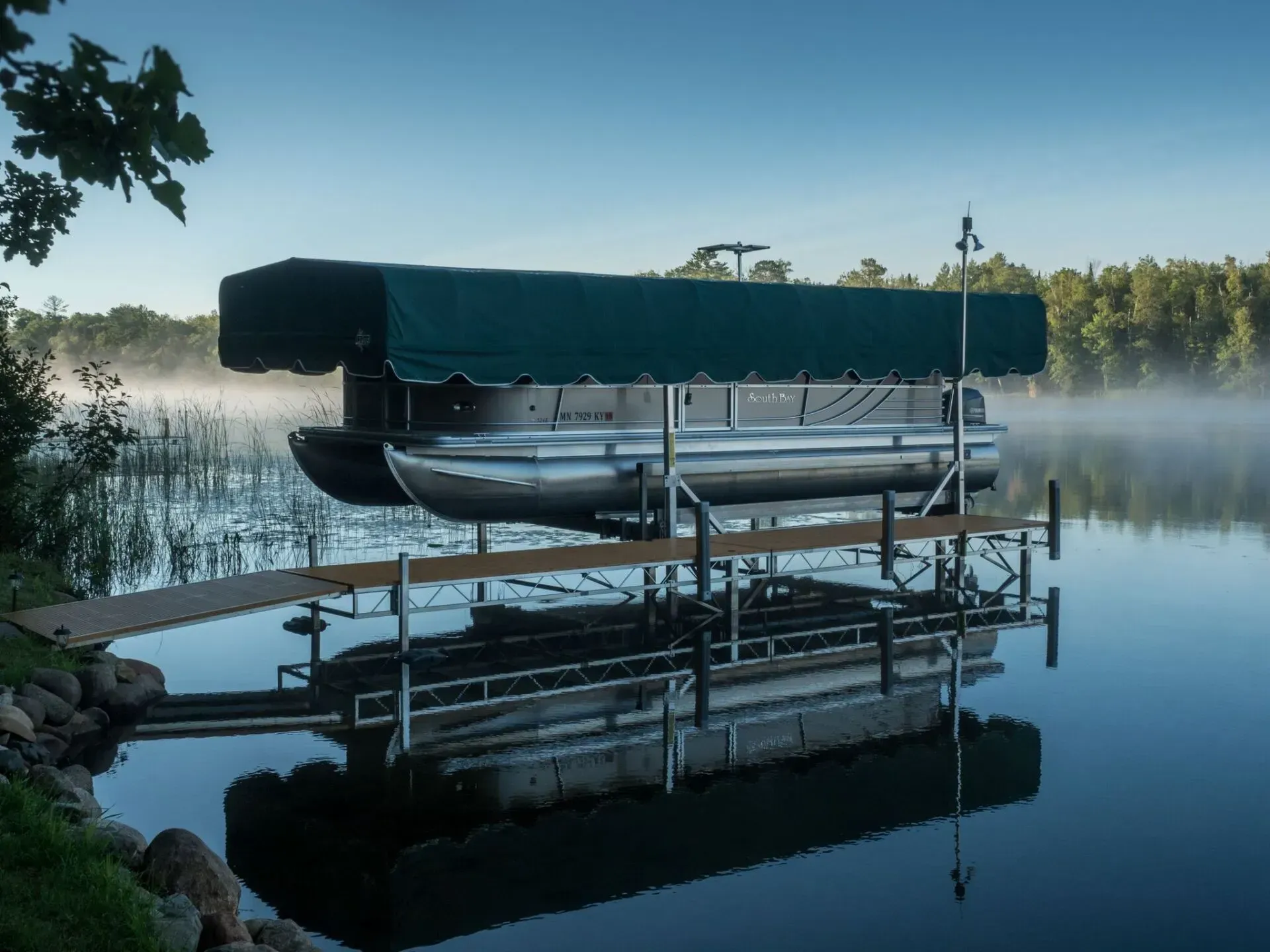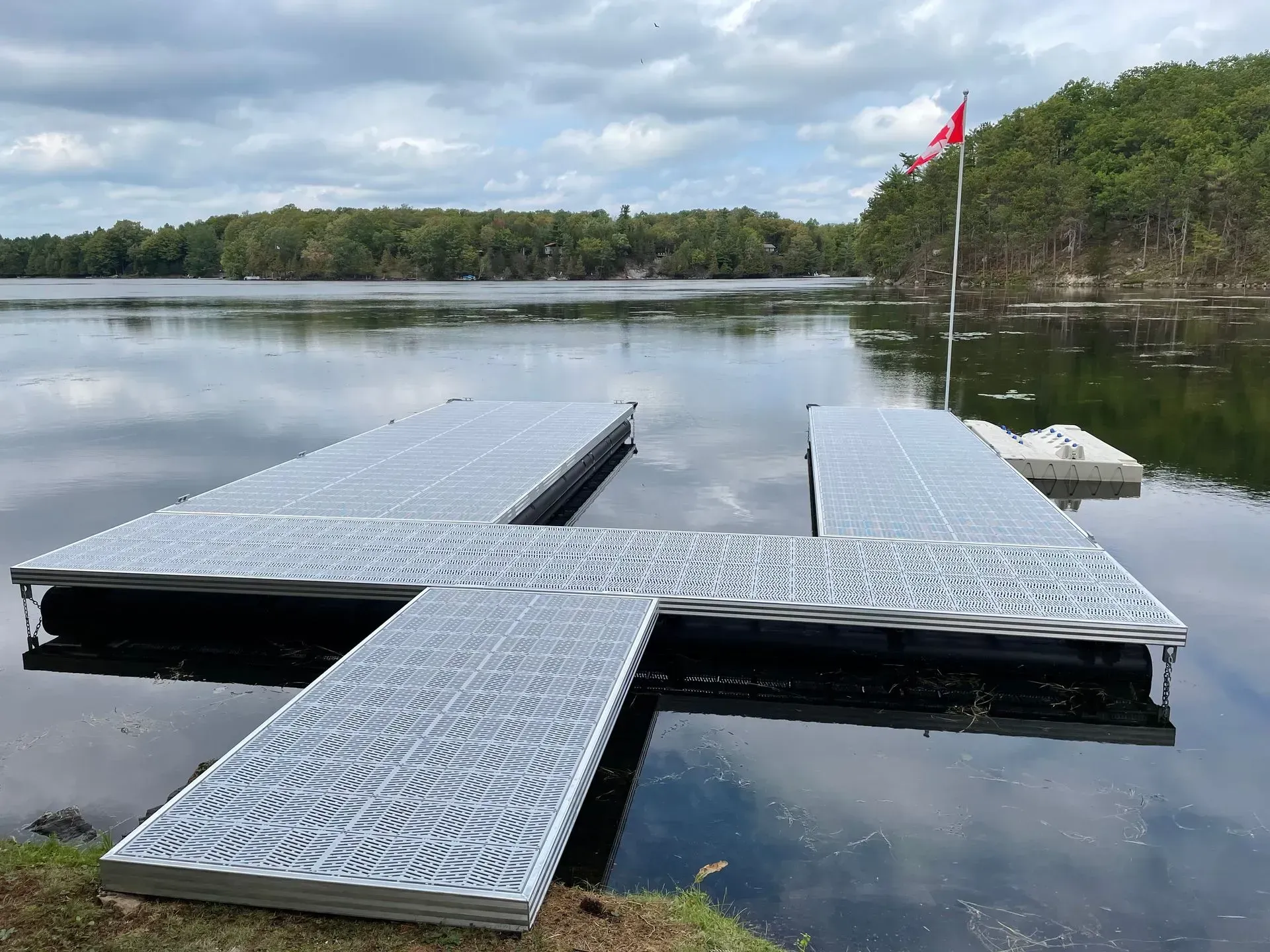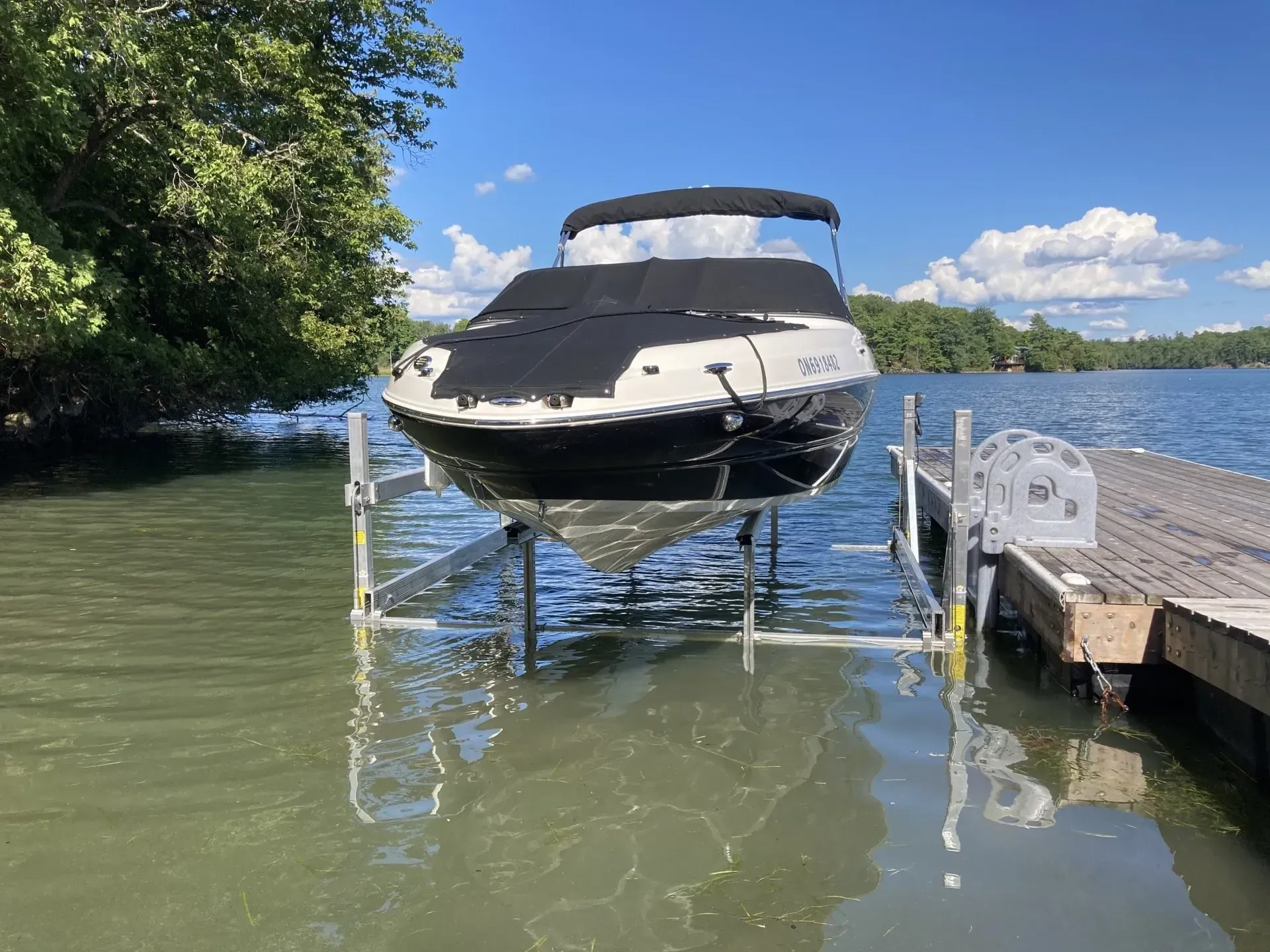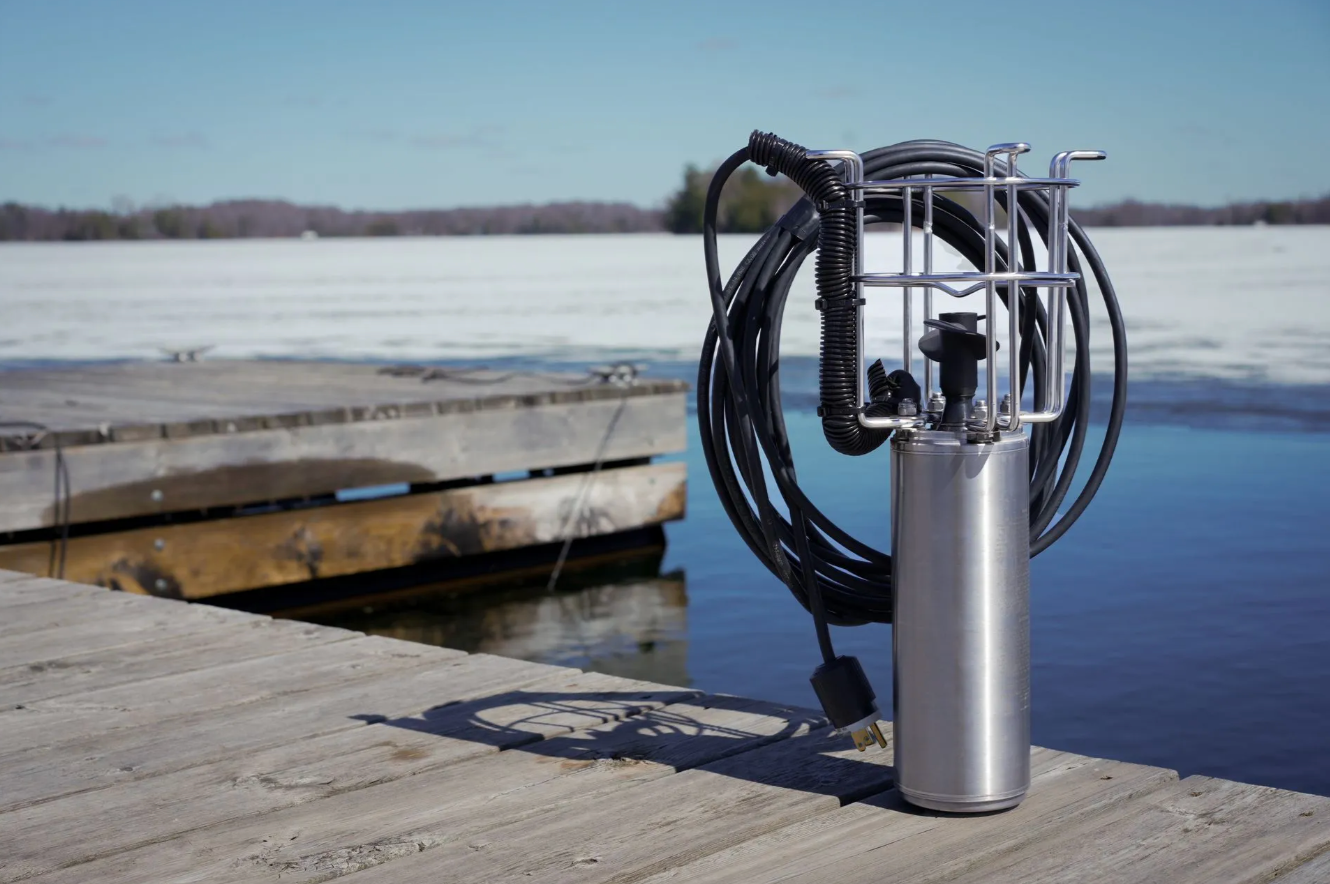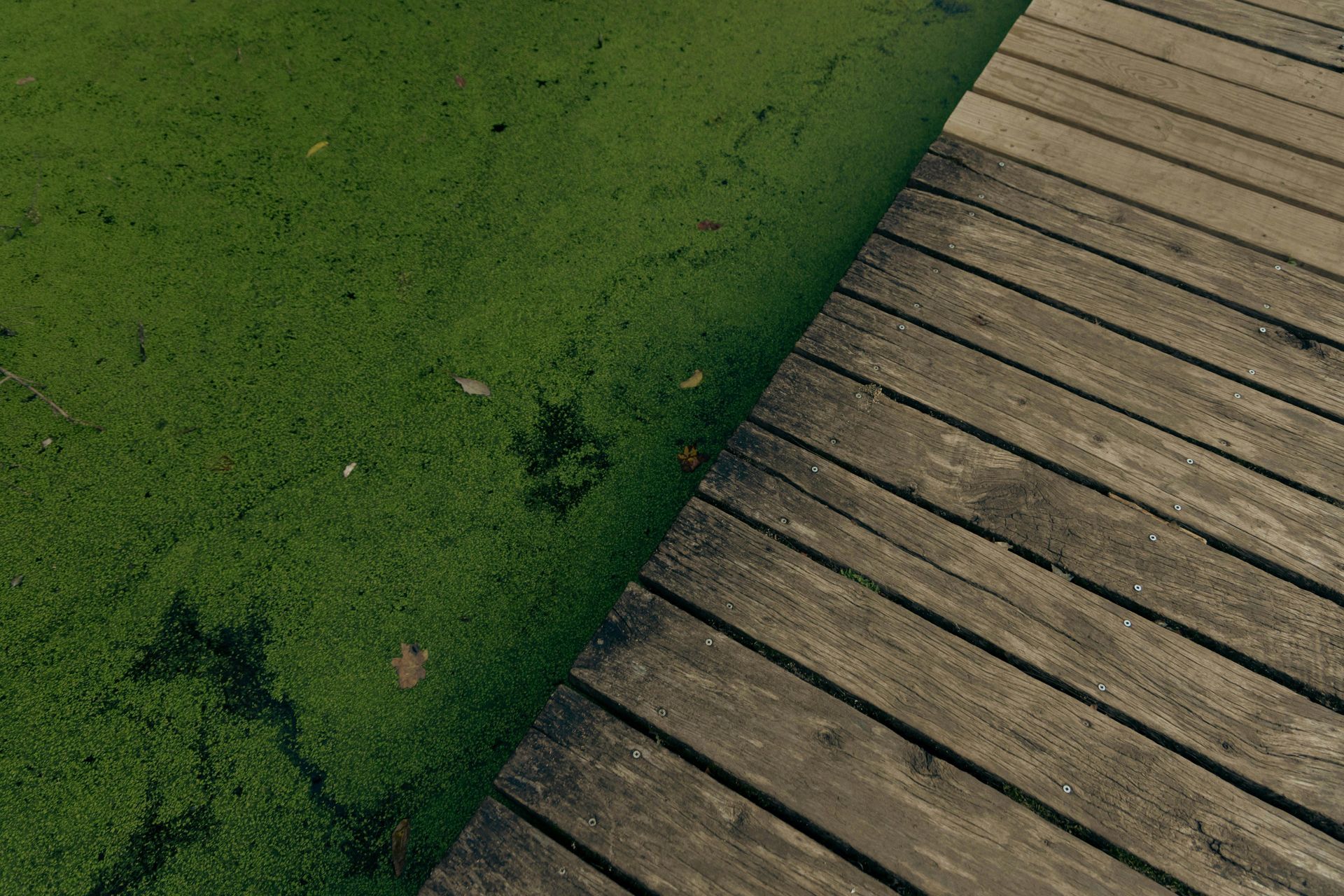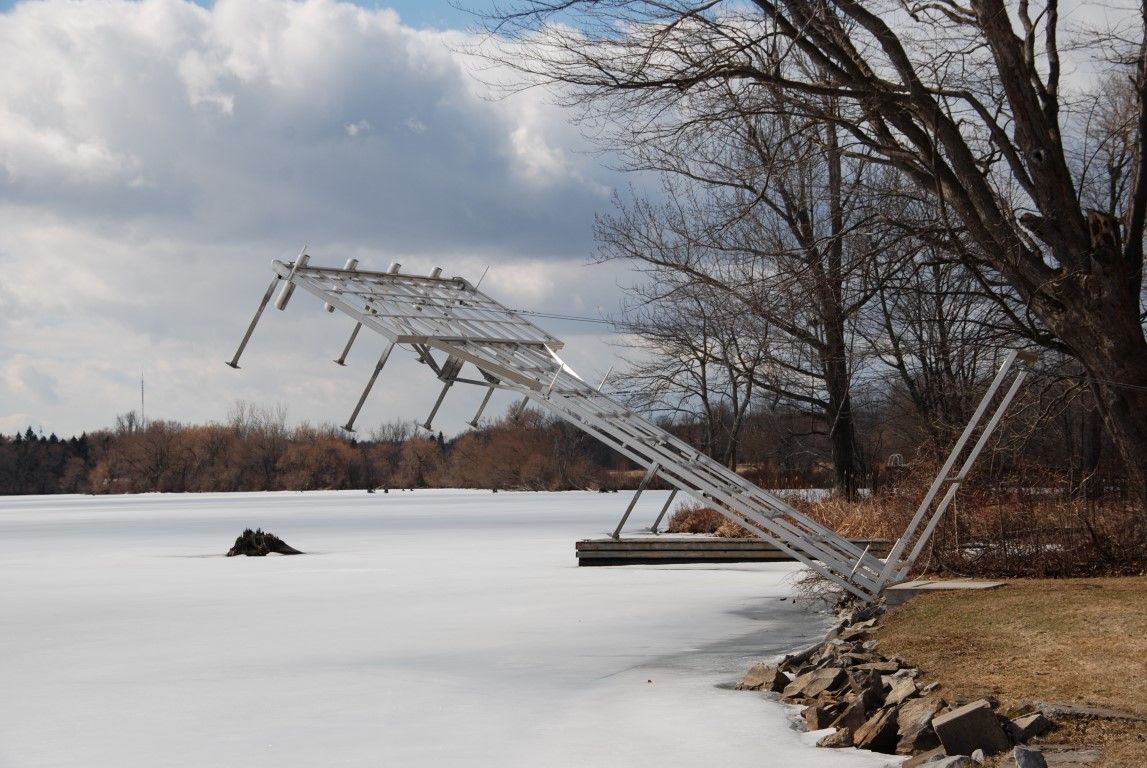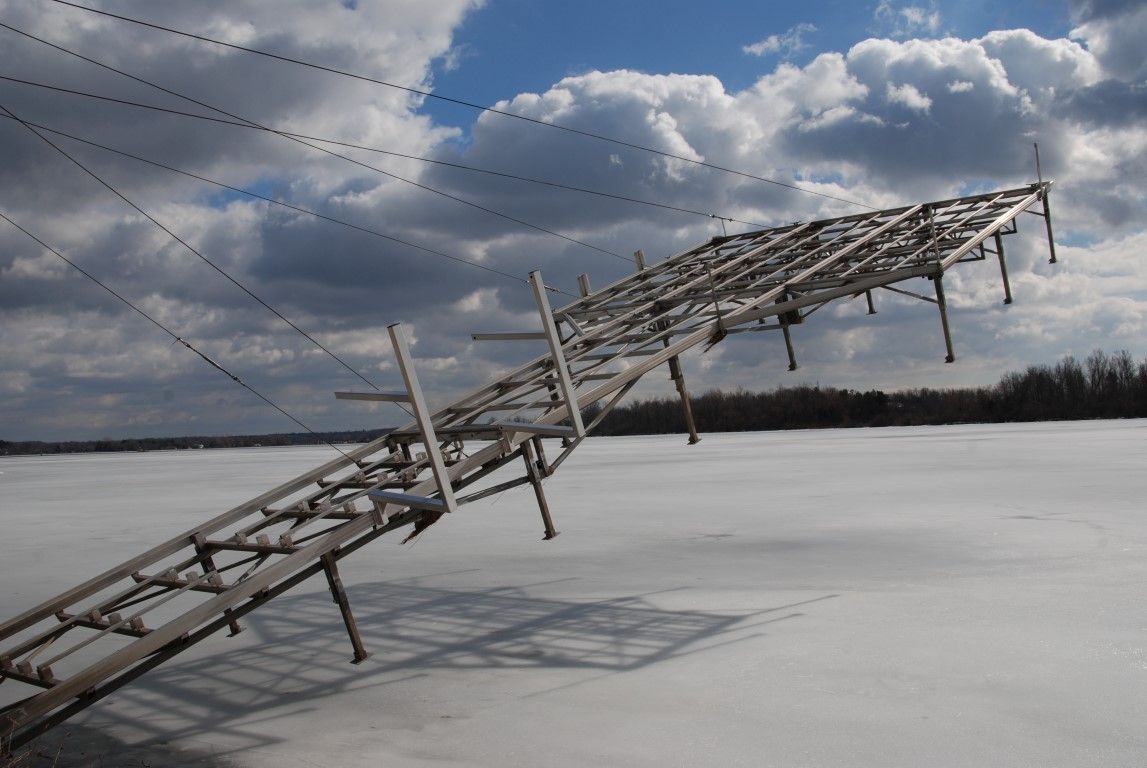Boat Winterization Made Simple: 9 Mistakes Every Owner Should Avoid
As the boating season winds down, the last thing you want is costly repairs waiting for you in the spring. Winterizing your boat isn’t just about storage- it’s about protecting your investment from the harsh realities of freezing temperatures, moisture, and neglect. Done right, it keeps your boat in top shape and ready for smooth sailing when warm weather returns. Done wrong, and you could be facing cracked engines, mildew-covered interiors, or worse.
Here’s a practical checklist that highlights
9 common mistakes boat owners make during winter prep- and how to avoid them.
1. Forgetting a Deep Clean
The mistake:
Skipping the end-of-season scrub.
Grime, salt, and organic debris left on surfaces over the winter can stain finishes, corrode hardware, and create musty odours.
The fix: Give your boat a top-to-bottom wash- inside and out. Pay special attention to upholstery and carpeting where moisture can linger. Dry thoroughly before covering.
2. Not Draining All Water Systems
The mistake: Leaving water in tanks, lines, or the bilge.
Even a small amount can freeze, expand, and crack pipes or fittings.
3. Skipping Filter Replacement
The mistake: Reusing fuel filters or water separators by inverting them to drain water.
This can push debris and moisture into the system, risking engine damage.
The fix: Don’t reuse filters- replace them with new ones before storage.
4. Neglecting the Engine
The mistake: Assuming your engine will “be fine.”
Engines are among the most expensive components to repair. Freezing water inside can cause catastrophic damage.
The fix: Flush the cooling system, add antifreeze, change the oil, and fog the cylinders. If unsure, consult your owner’s manual or a marine mechanic for the right steps.
5. Ignoring the Fuel System
The mistake: Storing your boat with untreated fuel.
Over the winter, fuel can separate, causing engine starting issues and corrosion.
The fix: Fill the tank and add a stabilizer before storage. Run the engine long enough to let treated fuel move through the system.
6. Leaving the Battery Connected
The mistake: Storing your boat with the battery still wired in.
This drains charge and shortens battery life.
The fix: Disconnect the battery, clean the terminals, and store it in a cool, dry place. Use a trickle charger if possible to keep it healthy until spring.
7. Using the Wrong Cover (or None at All)
The mistake: Tossing on an old tarp or skipping a cover entirely.
Moisture seeps in, leading to mold, mildew, and even pest damage.
The fix: Invest in a proper, breathable cover that fits snugly and keeps water out while allowing ventilation. Add desiccant packs to absorb lingering moisture.
8. Overlooking Accessories and Gear
The mistake: Leaving fenders, ladders, cushions, and electronics onboard.
Winter weather and rodents can ruin these items in no time.
The fix: Remove all accessories and store them in a dry location. If your setup includes dock accessories from Superior Systems, now is the time to detach and protect them until spring.
9. Delaying Until It’s Too Late
The mistake: Waiting until the first frost to get started.
Cold snaps come quickly, and last-minute scrambling often leads to missed steps.
The fix: Plan ahead. Aim to winterize well before freezing temps hit your area. That way, you avoid panic and protect your boat properly.
Bonus: Protect Your Dock Too
Your dock is as much a part of your waterfront investment as your boat. Preventing ice damage now saves expensive repairs later. Installing a de-icer around your dock is one of the most effective ways to keep water moving and protect your structure from shifting ice. If you own a floating dock system, check anchors and connections before winter sets in.
Winterizing your boat doesn’t need to be complicated. Avoid these eight common mistakes, use the right products, and take time to protect both your boat and dock. When spring arrives, you’ll be ready to hit the water- without the surprise of costly repairs holding you back.
